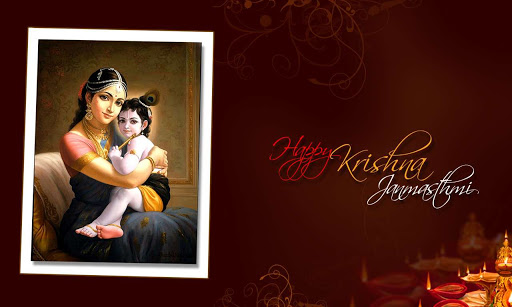KRISHNA JANMĀSTHAMI
Krishna Janmāsthami
Since
lord Krishna was born at mid-night, therefore the celebrations start from that
time period. The sweets are offered to lord Krishna first and then its leftover
is distributed among the devotees as ‘prasād’. The devotees observe fast for
the entire day. Only after offering sweets and fruits to lord Krishna and
consuming his prasād, they consume ‘Sātvik’ meal (vegetarian food devoid of
sea-salt, onion and garlic). Thereafter, the devotees keep night vigil (Rātri Jāgaran).
The houses and temples are beautifully decorated with ‘Asokā’ leaves and
flowers. The celebration also involves the decoration in the form of ‘Jhānki’ (small
views of various events in lord Krishna’s life) by using various landscapes,
statues and models. Religious chants, devotional songs and dance by the
devotees are also practised at various places. The worship places are also
decorated with beautiful Indian lamps (Diyā). Incense sticks are lit along with
them.
It
is celebrated particularly in Mathurā and Vrindāvan, along with major Vaishnava
and non-sectarian communities found in Manipur, Assam, Bihār, West Bengal,
Odishā, Madhya Pradesh, Rajasthān, Gujarāt, Maharashtra, Karnataka, Keralā,
Tamil Nadu, Andhra Pradesh and all other states of India.





Thanks for sharing such rare and authentic information. This must go to all humans as comprehensively as possible.
ReplyDelete